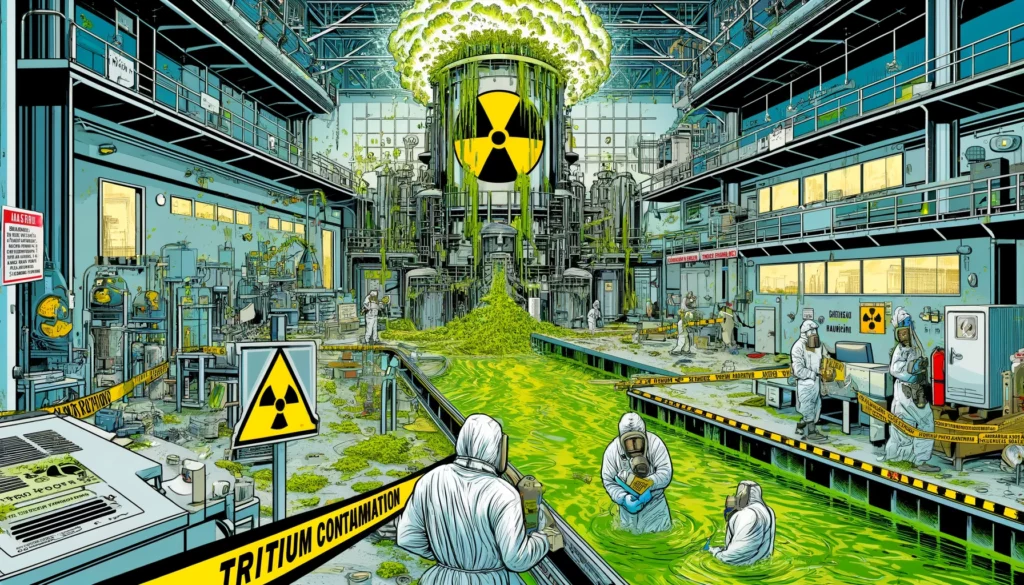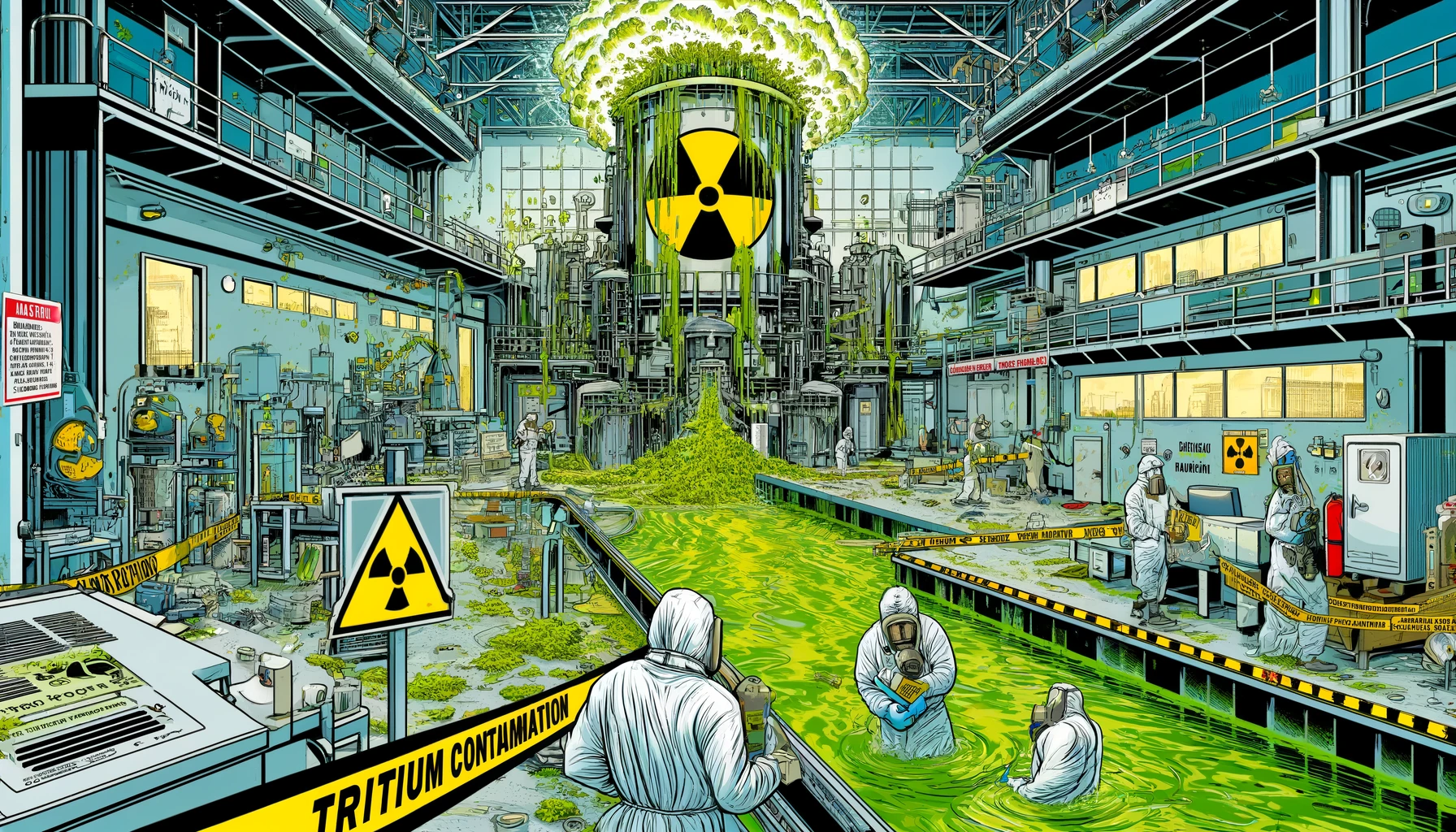RHIC Tritium – Rampant Tritium Contamination at Brookhaven National Labs RHIC Ion-Gun
180-family lawsuit is gargantuan.
Was the tritium contamination found at WTC in NYC after 911 actually due to involvement of BNL’s RHIC “ion-gun” in the 911 WTC take-down attack?

The federal lawsuit involving the EPA against Brookhaven National Laboratory (BNL) centers on the contamination caused by tritium, a radioactive isotope, which leaked into the groundwater from the laboratory’s facilities. Specifically, the contamination originated from the Relativistic Heavy Ion Collider (RHIC) and the Brookhaven Linac Isotope Producer (BLIP).
Key Points of the Lawsuit and Contamination:
- Source of Contamination:
- The tritium contamination was traced back to the g-2 experiment and BLIP at BNL. Tritium was detected in groundwater near these areas, significantly exceeding the safe drinking water standards.
- Environmental Impact:
- The g-2 experiment led to tritium concentrations in groundwater reaching up to 3.4 million picocuries per liter (pCi/L) at its peak. This was well above the EPA’s drinking water standard of 20,000 pCi/L. Similarly, BLIP was found to have tritium levels of up to 53,000 pCi/L in groundwater due to rainwater infiltrating through activated soil around the facility.
- Remedial Actions:
- Various corrective actions were taken, including improving beam focus, installing concrete caps to prevent rainwater infiltration, and ongoing groundwater monitoring. For BLIP, a liquid silica grout was injected into the soil to immobilize tritium, and additional measures were taken to seal and protect the area from rainwater.
- Legal and Regulatory Framework:
- The cleanup and remediation efforts were guided by the Comprehensive Environmental Response, Compensation, and Liability Act (CERCLA), also known as the Superfund Act. The remediation plan involved multiple agencies, including the DOE, EPA, and the New York State Department of Environmental Conservation (NYSDEC).
- Ongoing Monitoring:
- The agreement included long-term maintenance and monitoring programs to ensure that the contamination levels continued to decrease and to prevent future leaks. This involved routine inspections, groundwater monitoring, and contingency plans for unexpected releases.
These steps highlight the collaborative efforts of federal and state agencies to address and mitigate the environmental impact caused by the tritium leak at Brookhaven National Laboratory. The case underscores the importance of rigorous environmental oversight and remediation to protect public health and the environment.
For more detailed information, you can refer to the Brookhaven National Laboratory newsroom and other related sources.
The federal lawsuit concerning tritium contamination at Brookhaven National Laboratory (BNL) involves multiple parties and is rooted in the environmental impact caused by the laboratory’s activities. Here’s a detailed breakdown:
Lawsuit Details:
- Case Name:
- The lawsuit is titled Ozarczuk v. Associated Universities, Inc. Associated Universities managed BNL before being replaced due to contamination issues.
- Plaintiffs:
- Initially brought by 21 families, the lawsuit now represents 180 families. The lead plaintiff, Barbara Ozarczuk, attributes her breast and thyroid cancer to the pollution caused by BNL.
- Defendants:
- The main defendant is Associated Universities, Inc., which managed BNL until 1998. This entity includes several prestigious universities like Harvard, Yale, Princeton, Columbia, Cornell, Johns Hopkins, the University of Pennsylvania, and MIT.
- Law Firms and Attorneys:
- The plaintiffs are represented by A. Craig Purcell, a former president of the Suffolk County Bar Association, and Richard J. Lippes, known for his work with the Love Canal Homeowners Association.
- Court of Standing:
- The case is being heard in the New York State Supreme Court in Riverhead, Long Island. A conference date was scheduled for February 22, with a court date on February 25.
Background and Impact:
- The lawsuit addresses the contamination from radioactive tritium, particularly from BNL’s High Flux Beam Reactor and other sources. Tritium, a radioactive form of hydrogen, was found to be leaking into the groundwater, posing significant health risks to nearby residents.
- BNL has been designated a high-pollution Superfund site since 1989, highlighting the severity of the contamination and the extensive remediation efforts required.
Further Information:
For more details on the remediation plans and historical context of the contamination, you can visit the Brookhaven National Laboratory newsroom and related articles on NationofChange.
